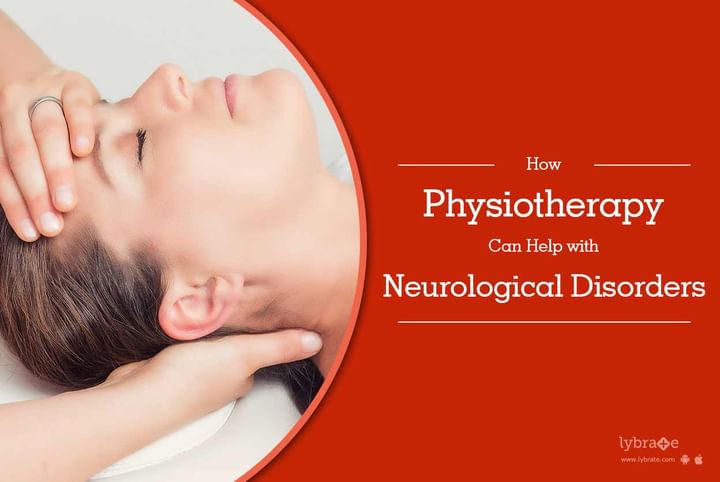How Physiotherapy Can Help with Neurological Disorders
Neurological disorders are problems with any one or a combination of the central nervous system or any of its peripheral systems such as cranial nerves, neuromuscular junctions, and the autonomic nervous systems among others.
Some extreme examples of neurological disorders are:
- Dementia
- Alzheimer's disease
- Parkinson's disease
- Epilepsy
- Disorders brought on by strokes
- Multiple sclerosis and others
What is physiotherapy and how can it help?
Physiotherapy is a form of treatment where practitioners use physical forms of treatment such as massages, exercises, heat treatment and other controlled forms of external stimuli to treat physical disorders.
This method of treatment can be very effective in correcting neurological disorders.
Some of the physiotherapy techniques, which can be implemented to help patients, are as follows:
- Electrical Stimulation: This method is commonly used to treat muscular problems, especially incurred after an accident or any other form of injury. In this method, controlled electric stimulation is given to specific nerve areas over the skin to stimulate them.
- Heat treatment: This method involves applying heat to parts of the body such as joints or muscles where there is nerve or muscular damage. This treatment is especially effective for muscle related problems.
- Ice or cold treatment: Vertically opposite to the principle of heat treatment, ice or cold treatment is used to contract muscles within the body. This is especially effective where inflammation needs to be controlled.
- Manual therapy: Possibly the most common form of physiotherapy, this method employs massages, pressure points, stretching and hands on strengthening exercises and helps regularize nerve impulses to areas where they have been affected.
'Consult'.
Tip: 5 Reasons You Must Rid Yourself of Anxiety on Daily Basis



+1.svg)
